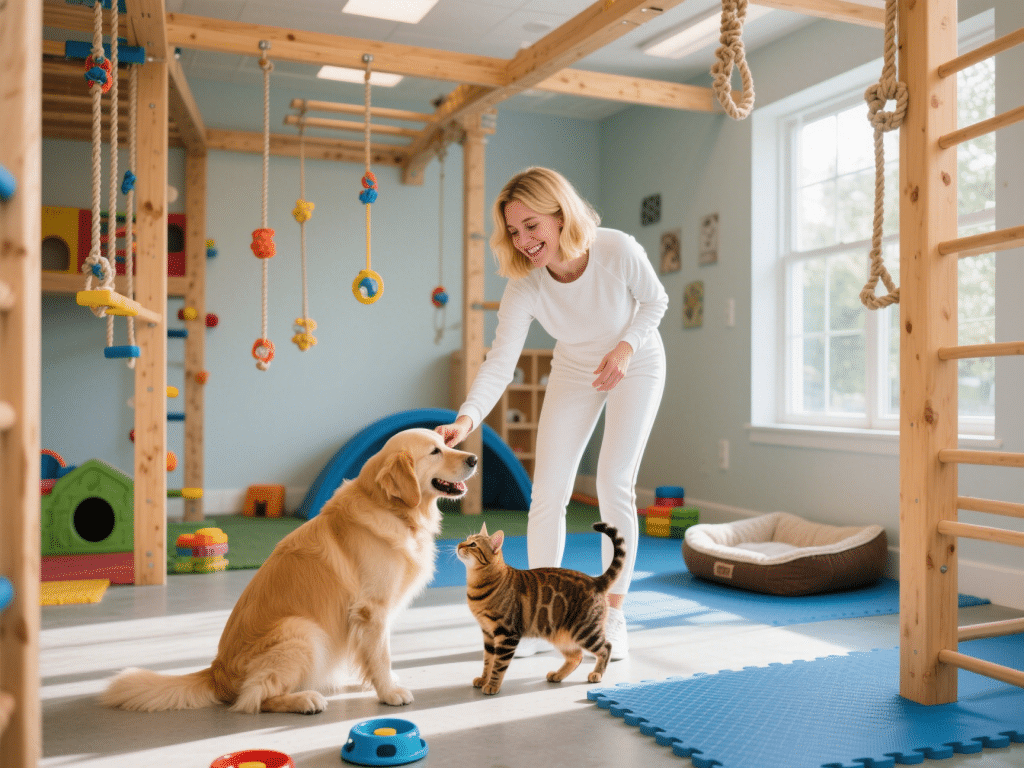 Creating a specialized play haven for your beloved pets is more than just a luxury—it's a crucial investment in their physical vitality, mental acuity, and overall well - being. A thoughtfully designed play area not only curbs destructive behavior but also offers a safe and enriching environment that stimulates their natural instincts. This comprehensive professional guide will walk you through the process of constructing a functional and engaging play zone, customized to suit your pet's species, size, and energy requirements.
Creating a specialized play haven for your beloved pets is more than just a luxury—it's a crucial investment in their physical vitality, mental acuity, and overall well - being. A thoughtfully designed play area not only curbs destructive behavior but also offers a safe and enriching environment that stimulates their natural instincts. This comprehensive professional guide will walk you through the process of constructing a functional and engaging play zone, customized to suit your pet's species, size, and energy requirements.
1. Safety: The Indispensable Cornerstone
Secure Boundaries
For dogs, sturdy pet gates with a height of at least 36 inches are recommended to prevent any escape attempts. When it comes to cats, clear acrylic panels provide a transparent yet secure barrier. No matter which option you choose, make sure there are no gaps wider than 3 inches to avoid any potential hazards. Take, for example, a case where a small dog managed to squeeze through a narrow gap in a poorly installed gate and got lost in the neighborhood. Such incidents can be avoided by ensuring proper boundary installation.
Non - Toxic Materials
When selecting materials for the play area, opt for untreated wood, stainless steel, or BPA - free pet - safe plastics. These materials are not only durable but also pose no risk to your pet's health. In contrast, treated lumber, materials containing zinc, and lead - based paints should be strictly avoided. In the past, there have been reports of pets getting sick due to ingesting small amounts of lead - based paint chips from old furniture in their play areas.
Flooring
To ensure your pet's safety while playing, install non - slip vinyl mats, interlocking foam tiles with non - toxic adhesives, or low - pile carpet. It's essential to secure the edges of the flooring materials to prevent tripping. A slippery floor can lead to serious injuries, especially for older pets or those with joint problems.
Hazard Check
Thoroughly inspect the play area and eliminate any potential hazards. This includes hiding exposed electrical cords, removing toxic plants such as lilies and sago palms, and keeping small objects that can be swallowed out of reach. Additionally, cover sharp corners with protective padding. A common scenario is a curious kitten chewing on an electrical cord, which can result in electrocution. By taking these precautions, you can create a hazard - free environment for your pet.
2. Zoning for Species & Activity
Active Zone (Dogs)
For dogs, especially those with high energy levels, a dedicated space for activities like fetch is a must. For medium - sized dogs, an area of at least 6x10 feet is recommended. You can use rubber balls or disc launchers to add more fun to the game. Additionally, install ground - level agility elements such as weave poles, low jumps, or a crawl tunnel made of PVC pipe lined with fleece. These elements not only provide physical exercise but also mental stimulation as dogs have to figure out how to navigate through them.
Vertical Zone (Cats)
Cats are natural climbers, so creating a vertical zone in their play area is highly beneficial. Install wall - mounted shelves with a depth of 12 - 16 inches at varying heights of 18 inches, 36 inches, and 48 inches. Cover the shelves with carpet or sisal for better grip. A tall cat tree, around 5 - 7 feet high, with sisal posts for scratching, hideouts for privacy, and a sturdy 24x30 - inch base is also a great addition. This gives cats the opportunity to climb, scratch, and observe their surroundings from a safe height.
Cozy Corner
Every pet needs a quiet and comfortable place to rest. Create a cozy corner by adding a raised orthopedic bed, which is especially beneficial for pets with joint problems. Place the bed away from high - traffic areas to ensure peace and quiet. Use machine - washable covers for easy cleaning.
3. Enrichment: Beyond Basic Toys
Puzzle Feeders
Puzzle feeders are an excellent way to make meal times more engaging for your pets. For dogs, Kong wobblers can be filled with their favorite treats, making them work for their food. Cats can enjoy using Trixie activity boards. To keep the challenge fresh, rotate the puzzle feeders weekly. This not only stimulates their minds but also helps in portion control as they have to solve the puzzle to get the food.
Sensory Stations
Digging box: For dogs, fill a kiddie pool with plastic balls, allowing them to dig and search for hidden toys or treats. Cats can have a digging box filled with shredded paper, which mimics their natural instinct to dig in the wild.
Scratching posts: Provide vertical sisal scratching posts for cats, which are essential for keeping their claws healthy and sharp. For dogs, horizontal cardboard pads can be placed near their resting areas, giving them an appropriate surface to scratch.
Interactive Elements
To further enrich your pet's play experience, add interactive elements. For cats, hanging bird feeders outside adjacent windows can provide hours of entertainment as they watch the birds. Dogs can enjoy treat - dispensing tug ropes anchored to the walls, which combines play and reward.
4. Comfort & Accessibility
Climate Control
Maintaining a comfortable temperature in the play area is crucial. Keep the ambient temperature between 68 - 78°F (20 - 25°C). For senior pets or those sensitive to cold, provide heated pads. On the other hand, cooling gel mats can be a great addition during hot summer months.
Water Access
Place spill - proof water bowls in the play area, ensuring they are away from play equipment to prevent spills. A pet fountain can also be a great alternative as the flowing water encourages pets to drink more, keeping them hydrated.
Rest Areas
Include covered crates for dogs and enclosed caves for cats in the play area. These rest areas should have at least two exit points to reduce anxiety, especially during stressful situations like thunderstorms or when new people visit.
5. Maintenance & Hygiene
Washable Surfaces
Choose bedding and toy bins that are removable and machine - washable. This makes it easy to keep the play area clean and hygienic. Regularly washing these items helps in preventing the growth of bacteria and unpleasant odors.
Easy - Clean Floors
Opt for waterproof mats that can be easily cleaned with enzymatic cleaners on a weekly basis. Enzymatic cleaners are effective in removing pet stains and odors, ensuring a fresh and clean play area.
Toy Rotation System
Store unused toys in labeled, lidded bins. To keep your pet interested, rotate 30% of the toys weekly. This constant change in toys provides new stimuli and prevents boredom.
Waste Management
Keep enzyme spray and biodegradable bags within easy reach in the play area. This allows for immediate cleanup of any accidents, maintaining a clean and healthy environment.
6. Personalization: Breed & Age Considerations
Brachycephalic Breeds (Pugs/Bulldogs)
Brachycephalic breeds, such as Pugs and Bulldogs, have unique physical characteristics that require special attention. Avoid activities that involve strenuous climbing as they may have difficulty breathing. Instead, prioritize cooling mats to help them regulate their body temperature and puzzle toys to keep their minds active.
High - Energy Herders (Border Collies)
For high - energy herding breeds like Border Collies, incorporate treat - dispensing herding balls and advanced agility tasks into their play area. These activities not only burn off their excess energy but also satisfy their natural herding instincts.
Kittens/Seniors
Kittens and senior pets have different physical abilities compared to adult pets. Add low ramps to climbing zones to make it easier for them to access higher areas. Use softer landing surfaces like memory foam mats to protect them from potential injuries.
Multi - Pet Homes
In multi - pet households, create separate species zones with visual barriers. Baby gates with cat flaps can be used to allow cats to move freely while keeping dogs in their designated areas. This helps in reducing conflicts between different pets.
Pro Tip: When introducing new elements to the play area, do it gradually and use positive reinforcement. Observe your pet's play patterns for 1 - 2 weeks and make adjustments to the layout based on their natural behaviors. For instance, if you notice your cat stretching and scratching on a particular piece of furniture, place a scratcher in that area.
Final Safety Audit
Conduct monthly safety checks to ensure the play area remains safe for your pet. Look for loose screws on climbing structures, frayed ropes or torn fabric on toys, mold in water bowls or fabric toys, and wear on non - slip surfaces. As Dr. Lena Petrov, DVM, and Animal Behavior Specialist, wisely said, “A perfect play area evolves with your pet. Track engagement – if a toy is ignored for 3+ days, swap it. Rotate textures (fleece, rubber, sisal) and challenge levels bi - weekly to prevent boredom.”
Investing just 2 - 3 hours in the initial setup and 15 minutes daily on maintenance can create a haven for your pet. According to the ASPCA (2023), a well - designed play area can reduce pet anxiety by up to 40%. By tailoring these evidence - based strategies to your pet’s unique needs, you can ensure their lasting well - being and happiness.
 Creating a specialized play haven for your beloved pets is more than just a luxury—it's a crucial investment in their physical vitality, mental acuity, and overall well - being. A thoughtfully designed play area not only curbs destructive behavior but also offers a safe and enriching environment that stimulates their natural instincts. This comprehensive professional guide will walk you through the process of constructing a functional and engaging play zone, customized to suit your pet's species, size, and energy requirements.
Creating a specialized play haven for your beloved pets is more than just a luxury—it's a crucial investment in their physical vitality, mental acuity, and overall well - being. A thoughtfully designed play area not only curbs destructive behavior but also offers a safe and enriching environment that stimulates their natural instincts. This comprehensive professional guide will walk you through the process of constructing a functional and engaging play zone, customized to suit your pet's species, size, and energy requirements.

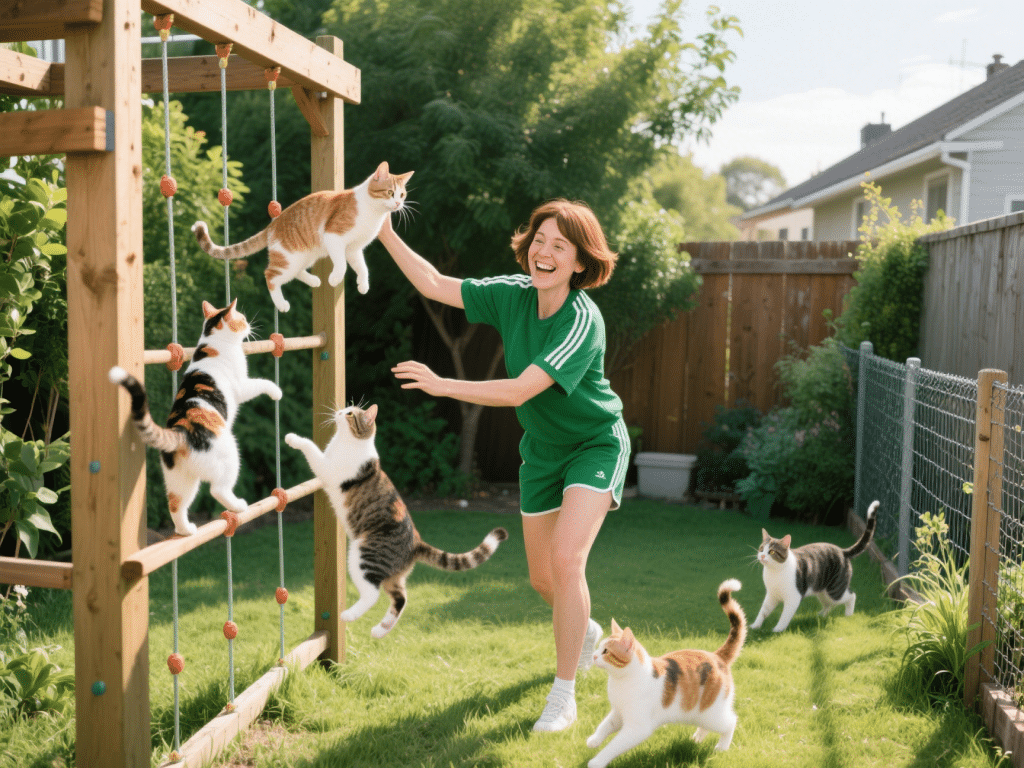
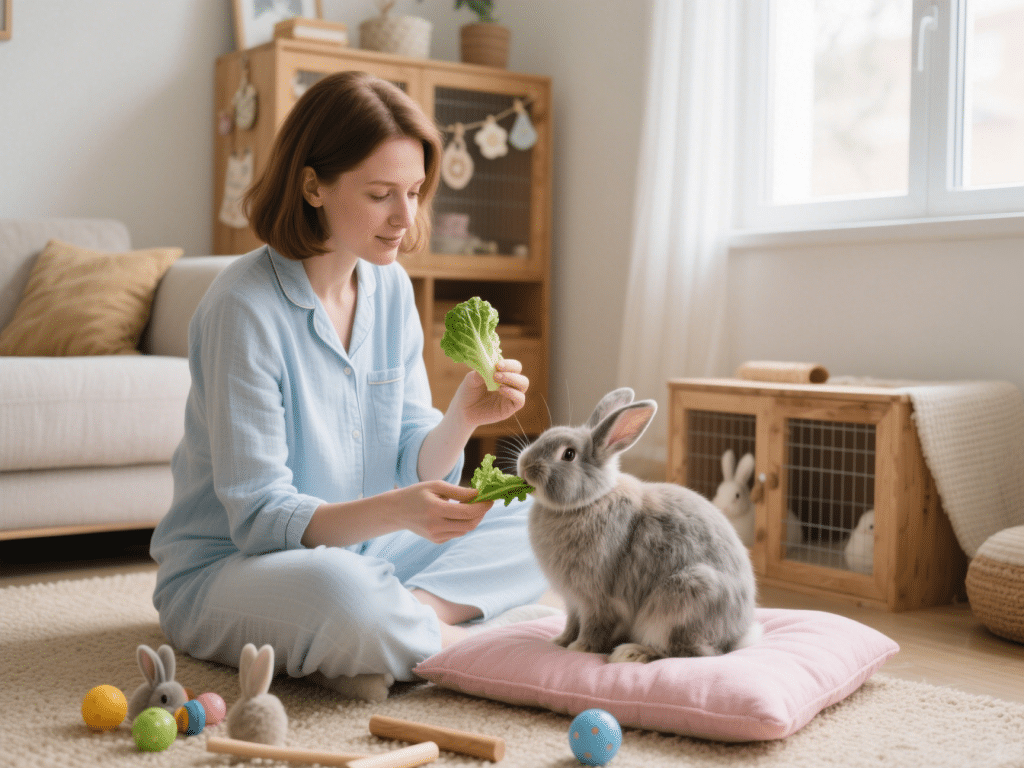

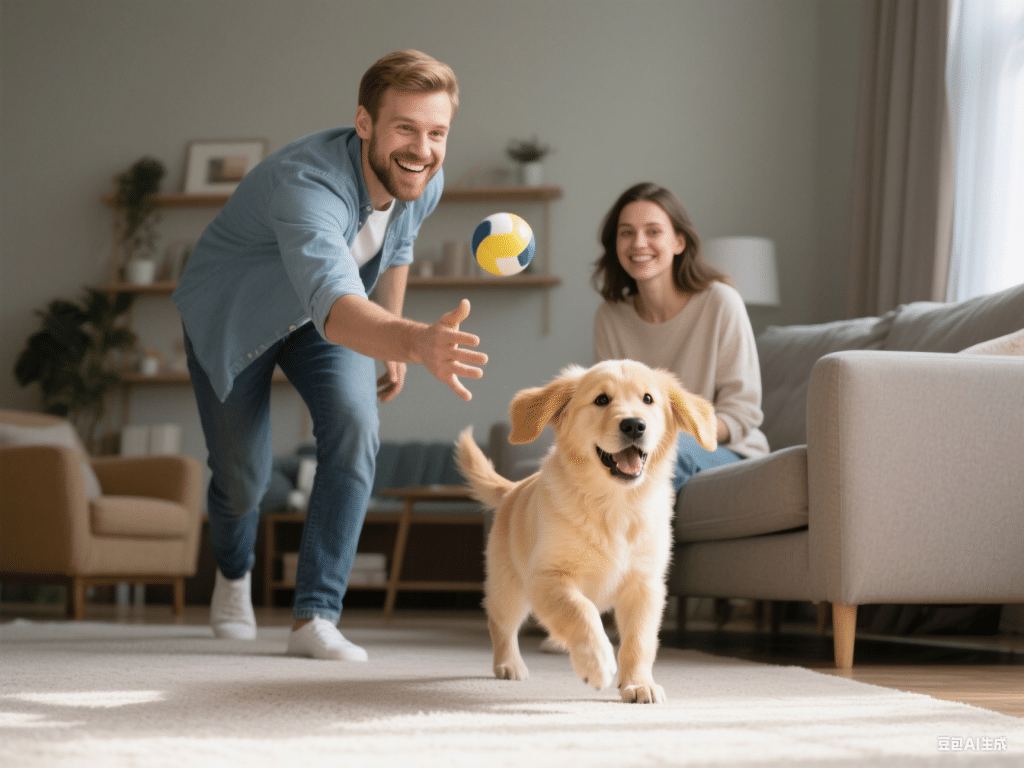
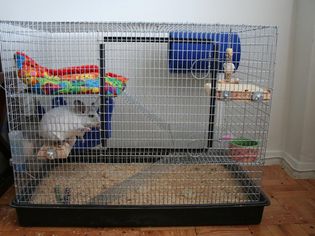
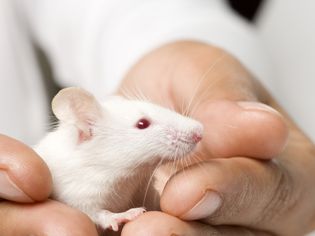
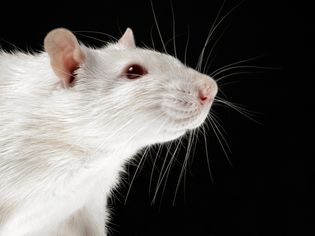
Comments on "How to Set Up the Perfect Pet Play Area: Fun and Functional Ideas" :